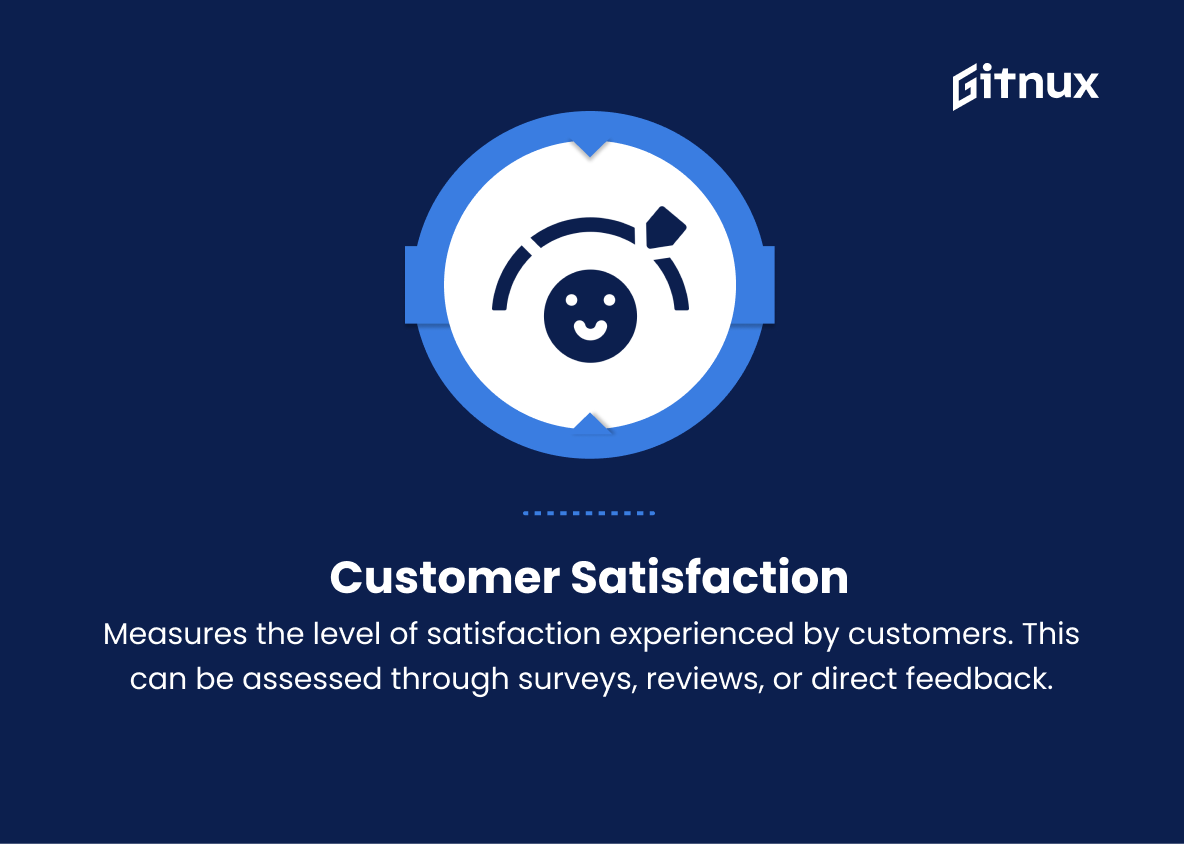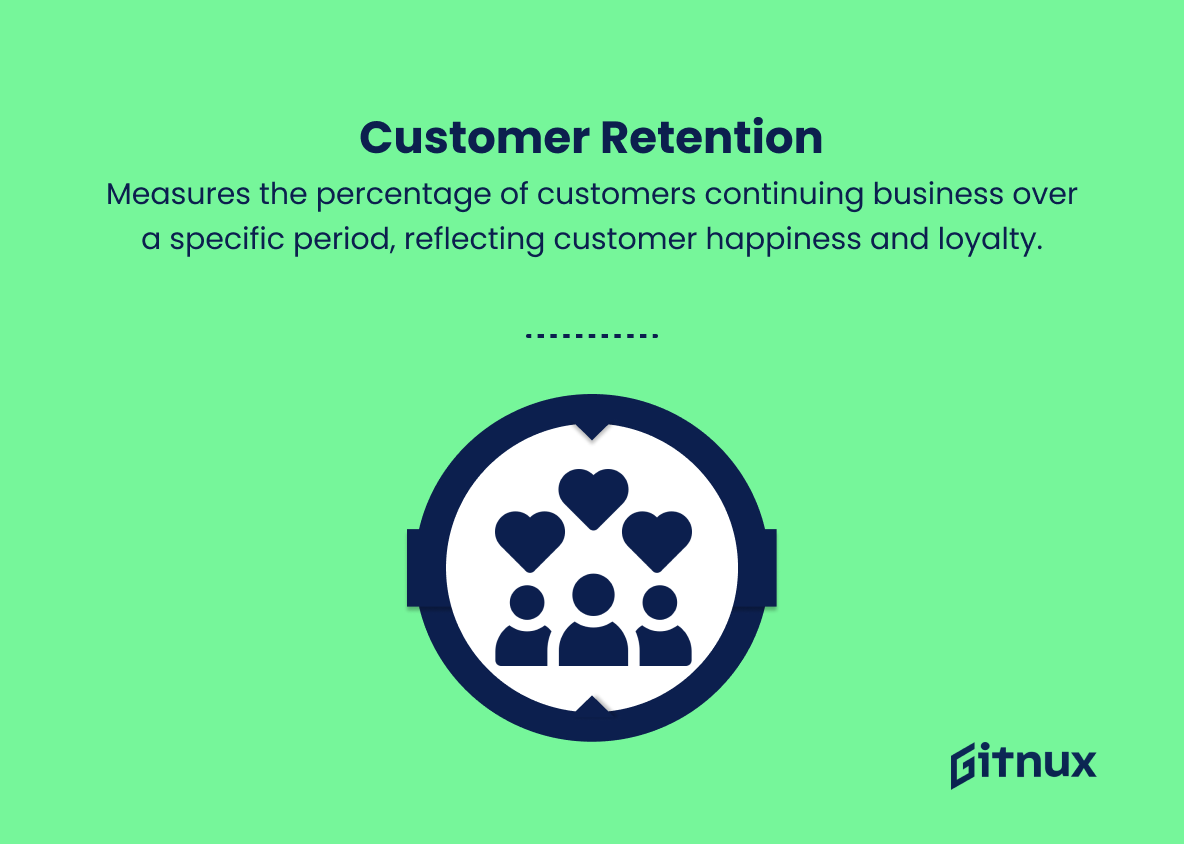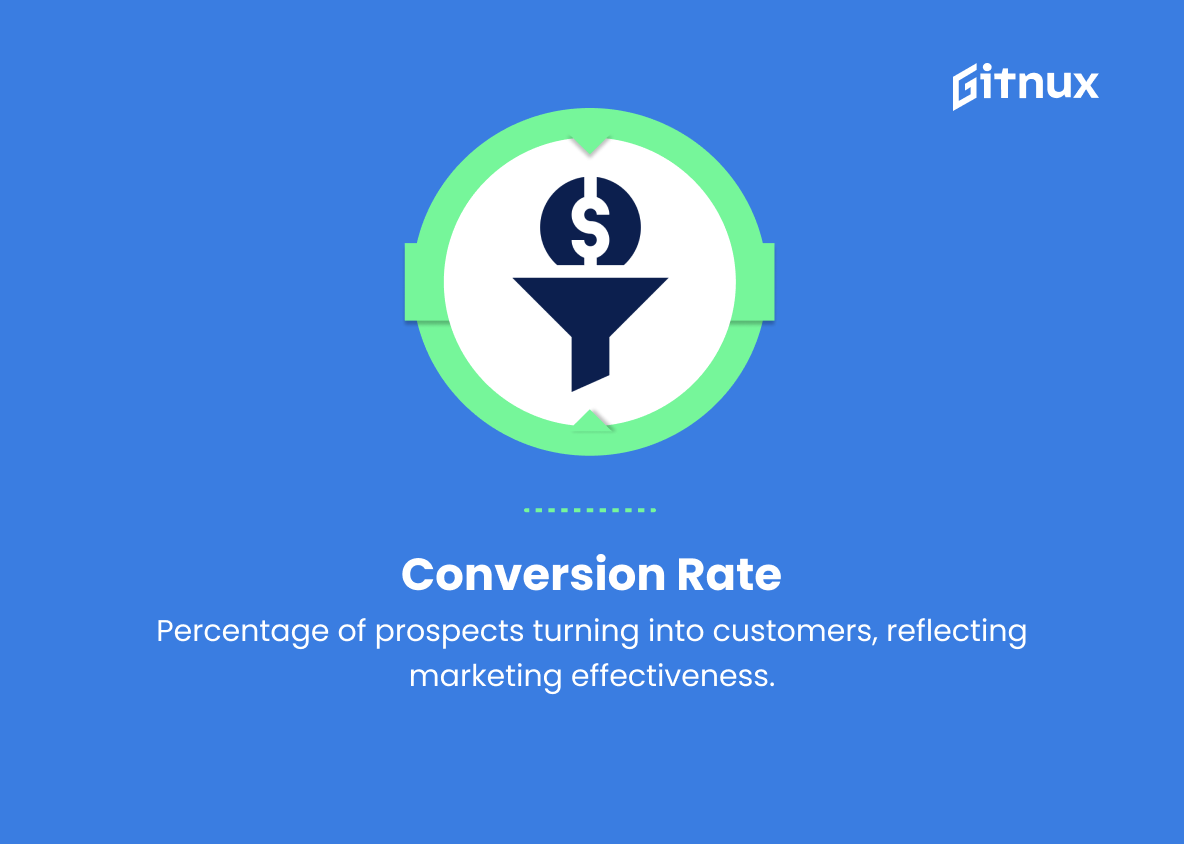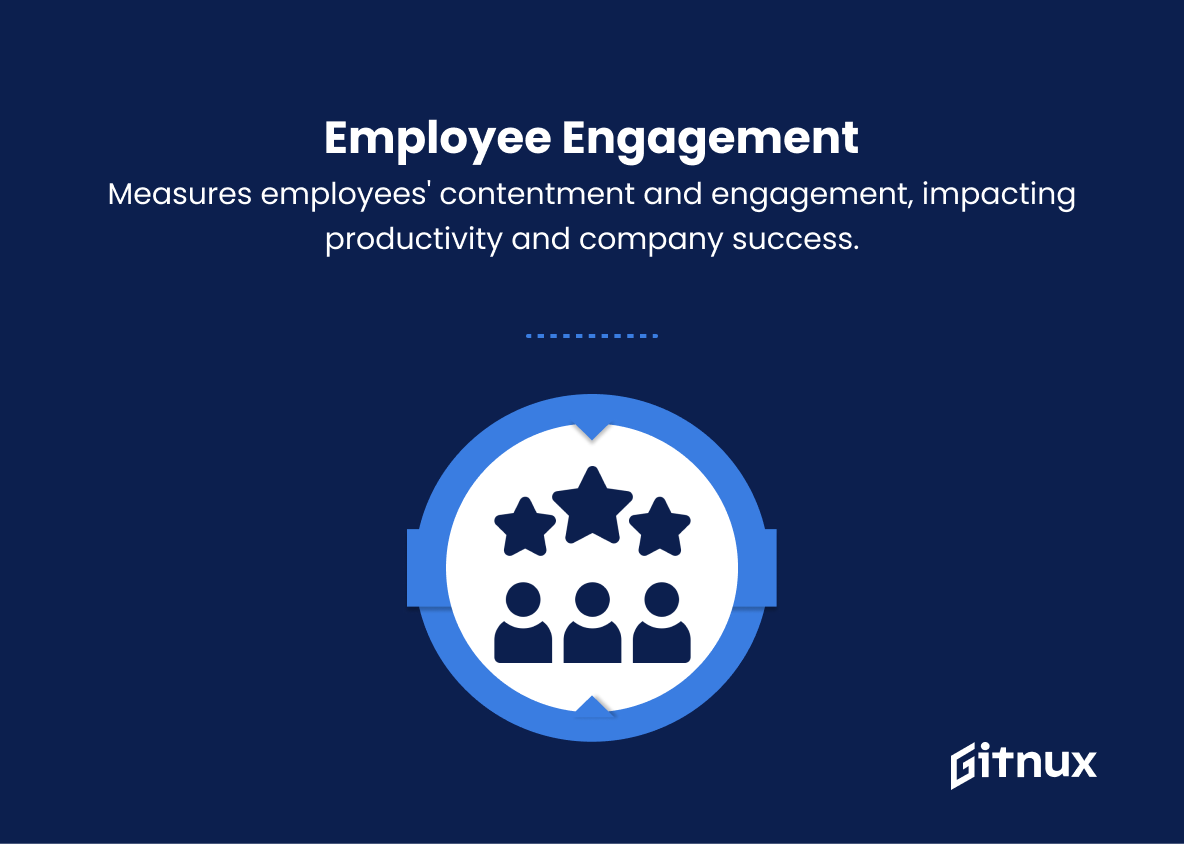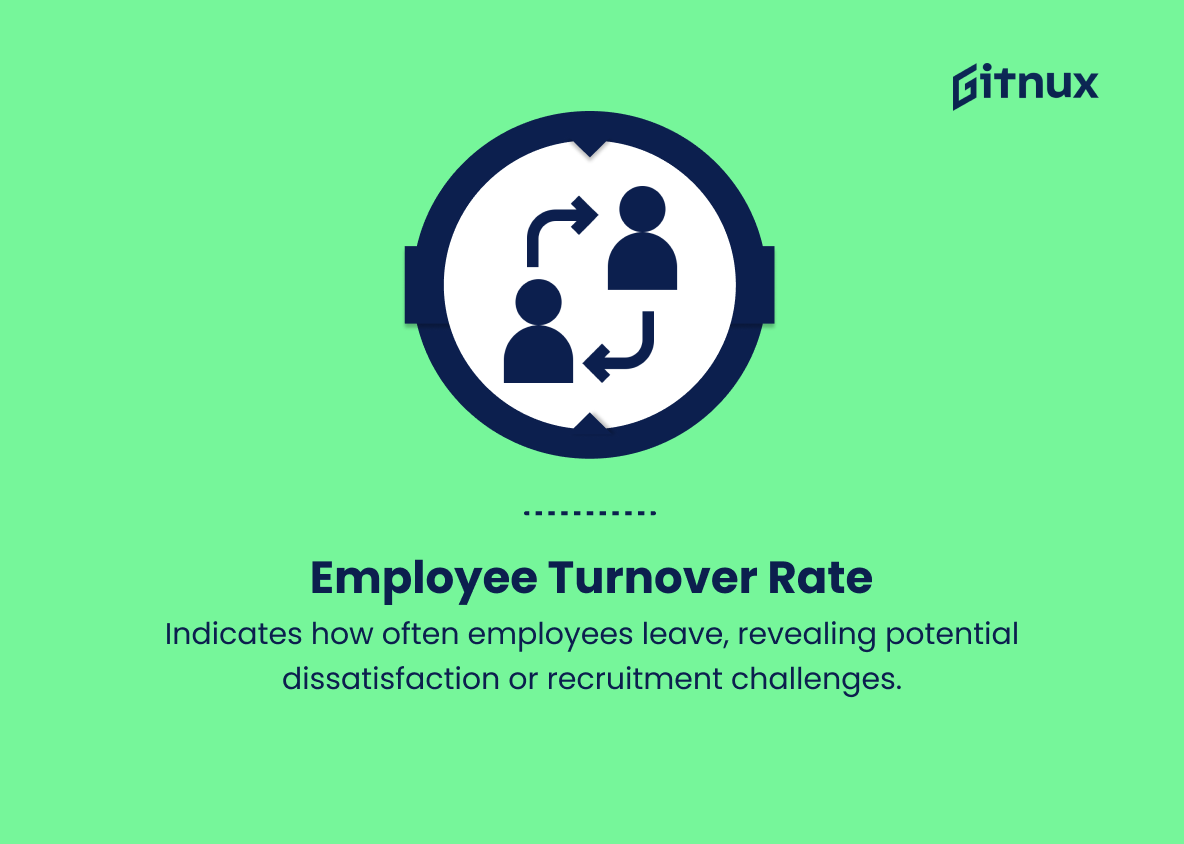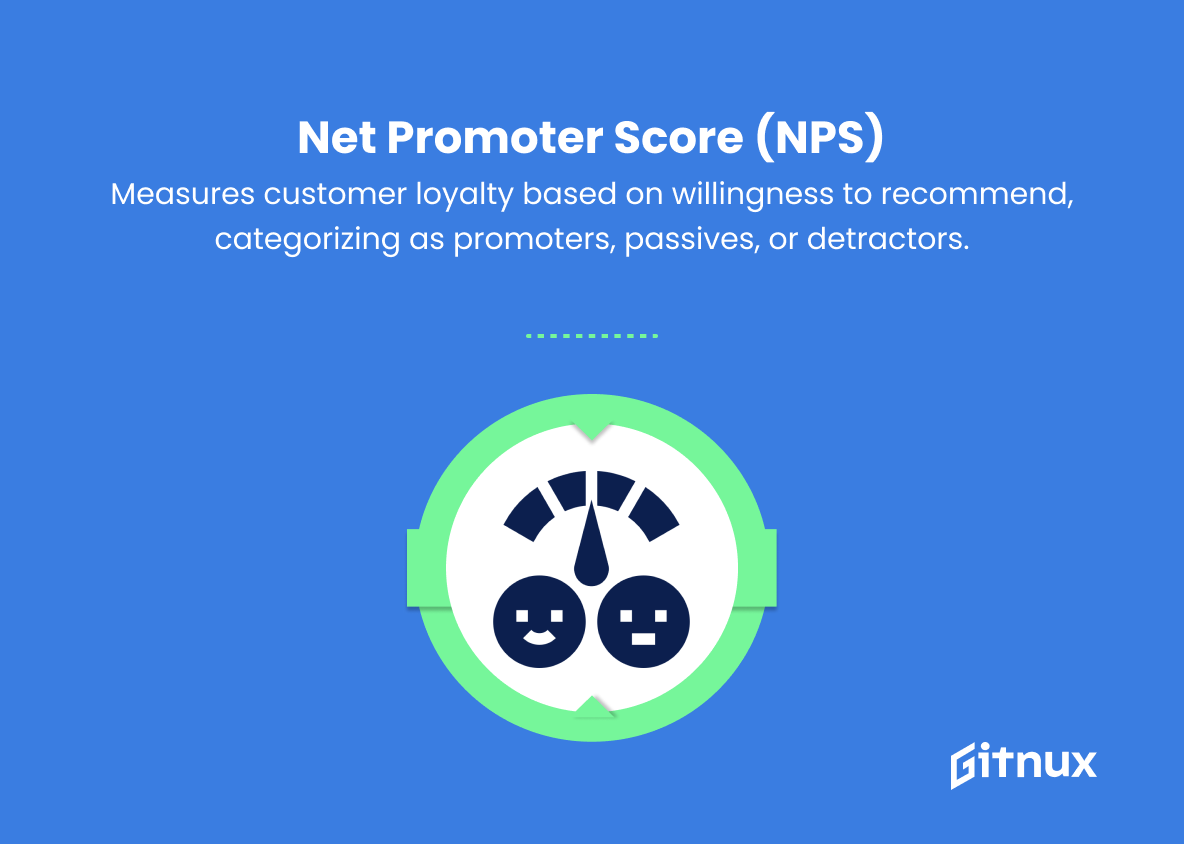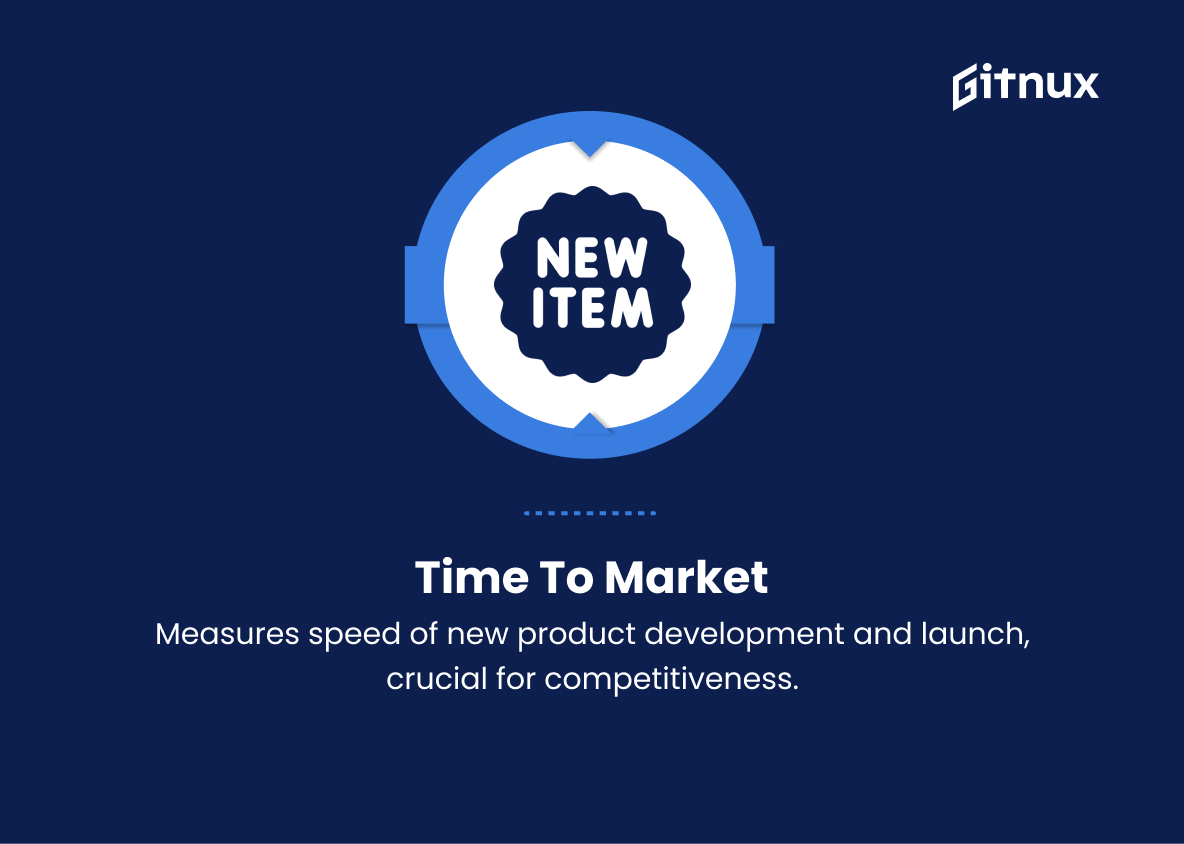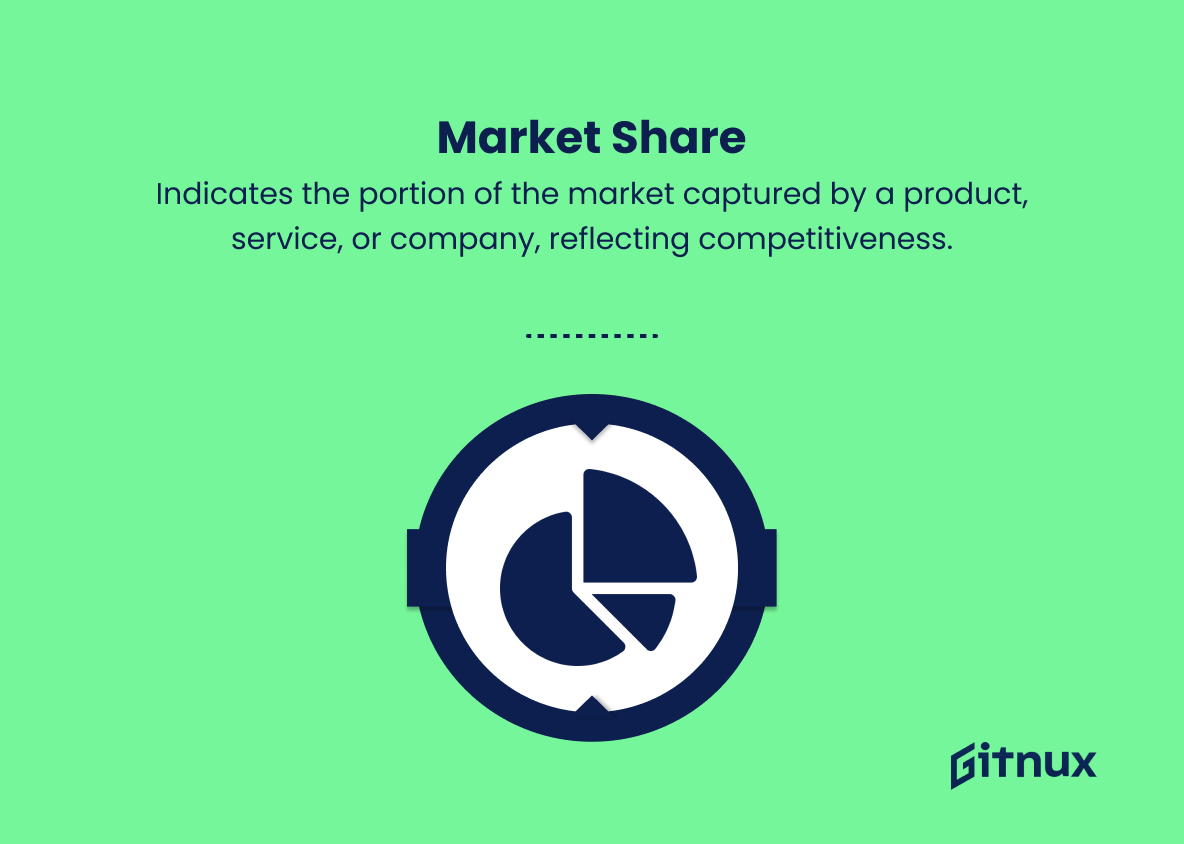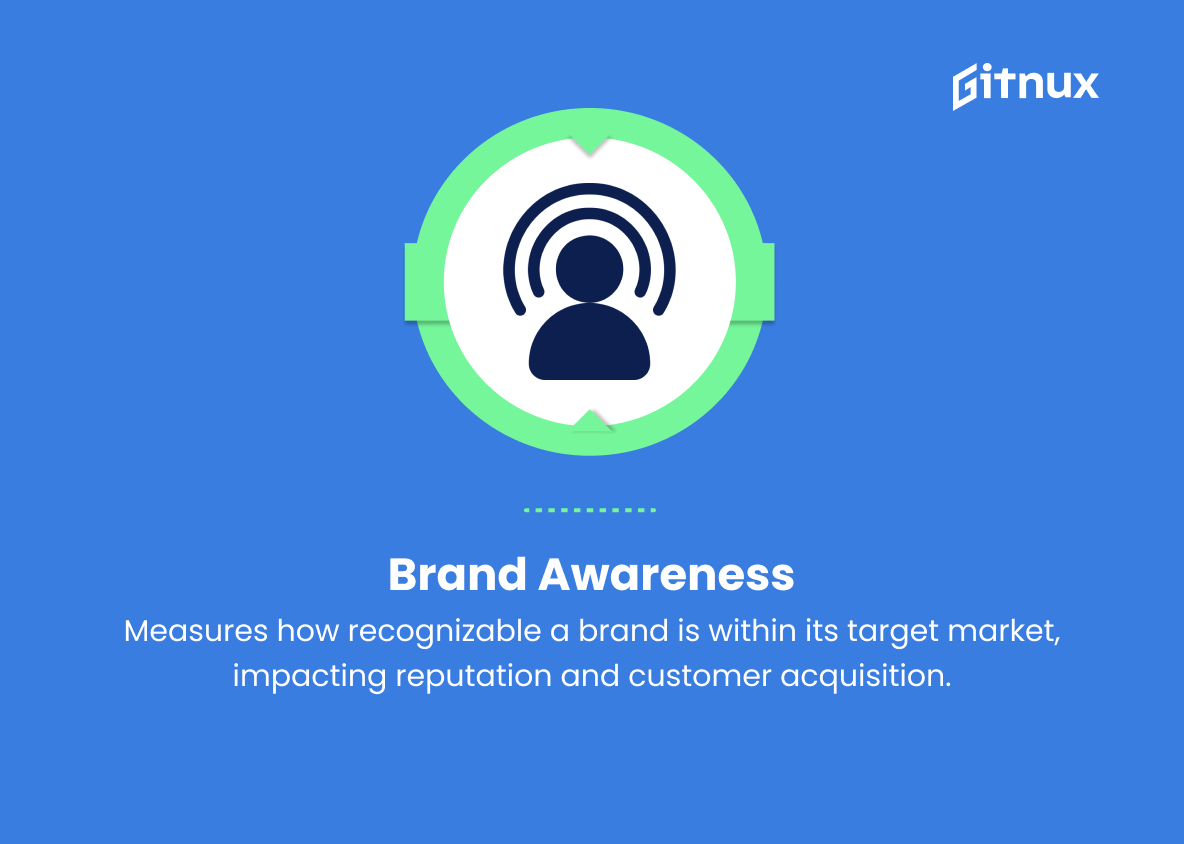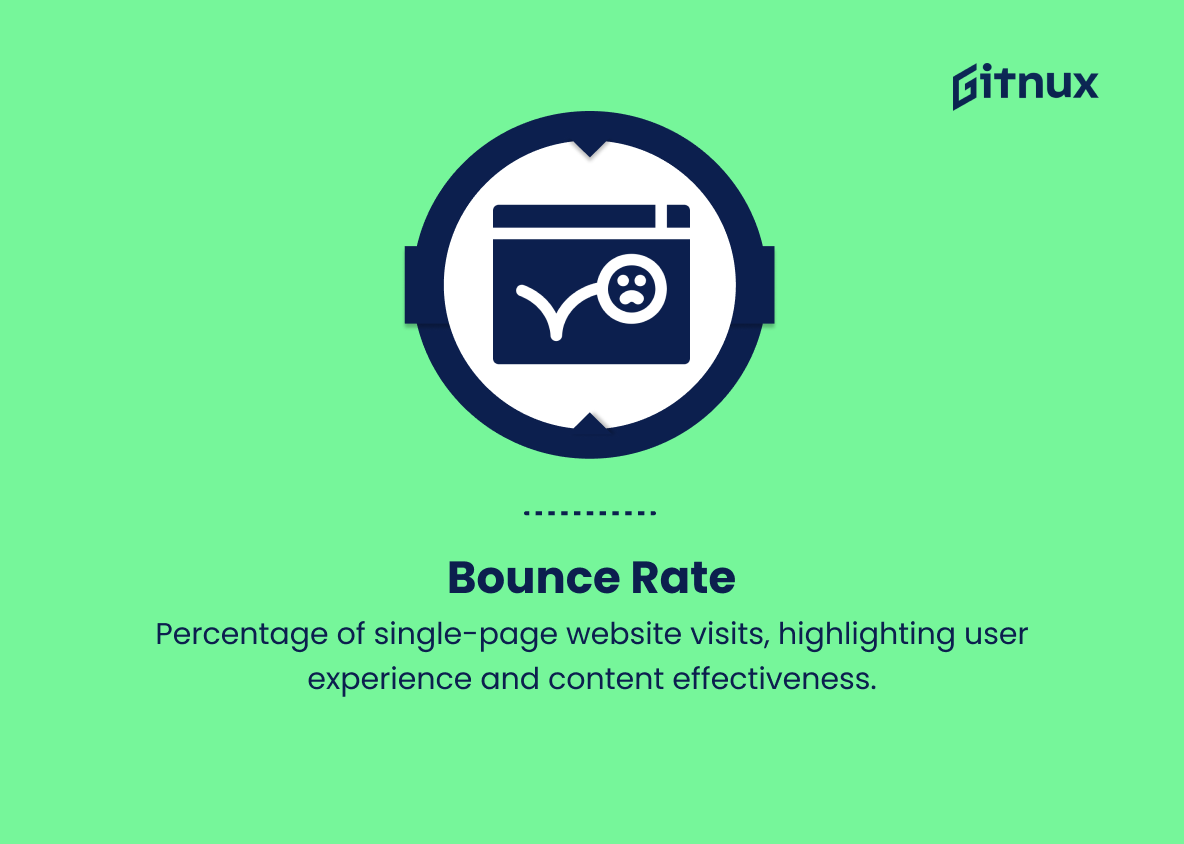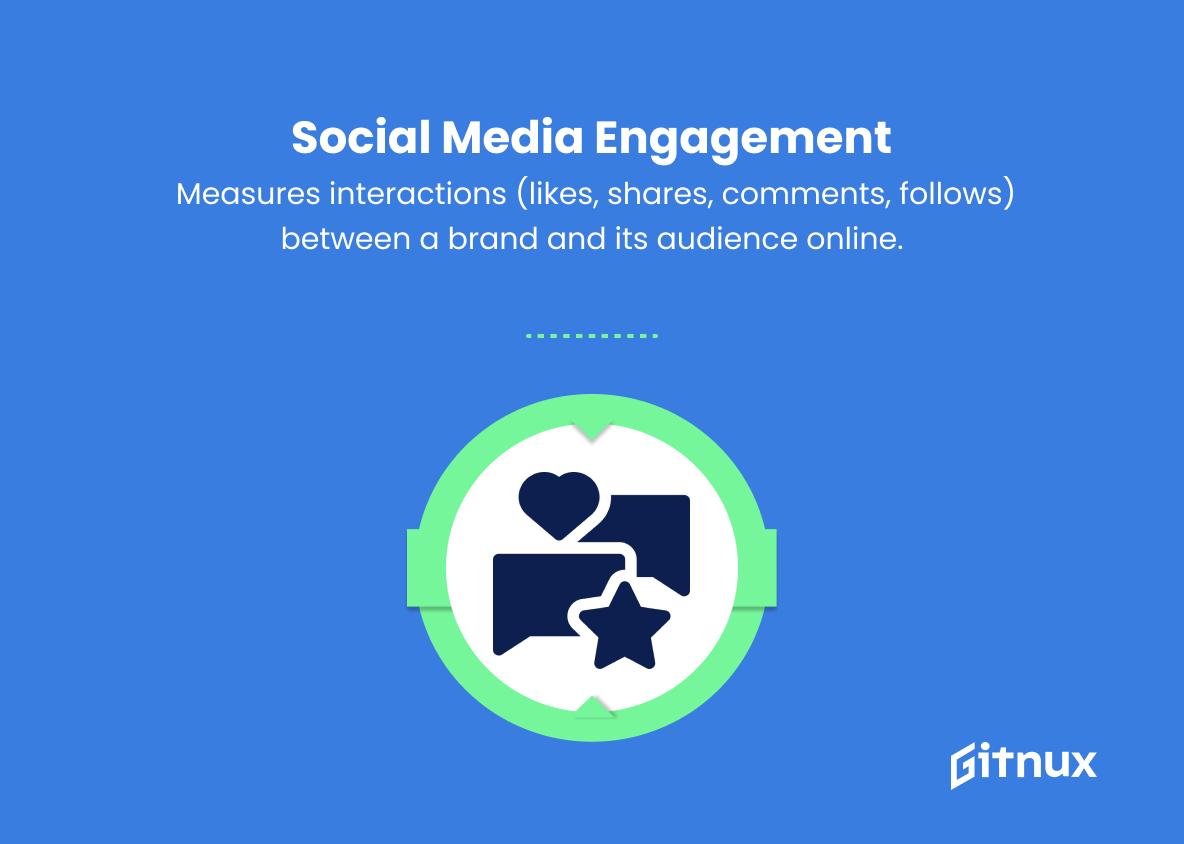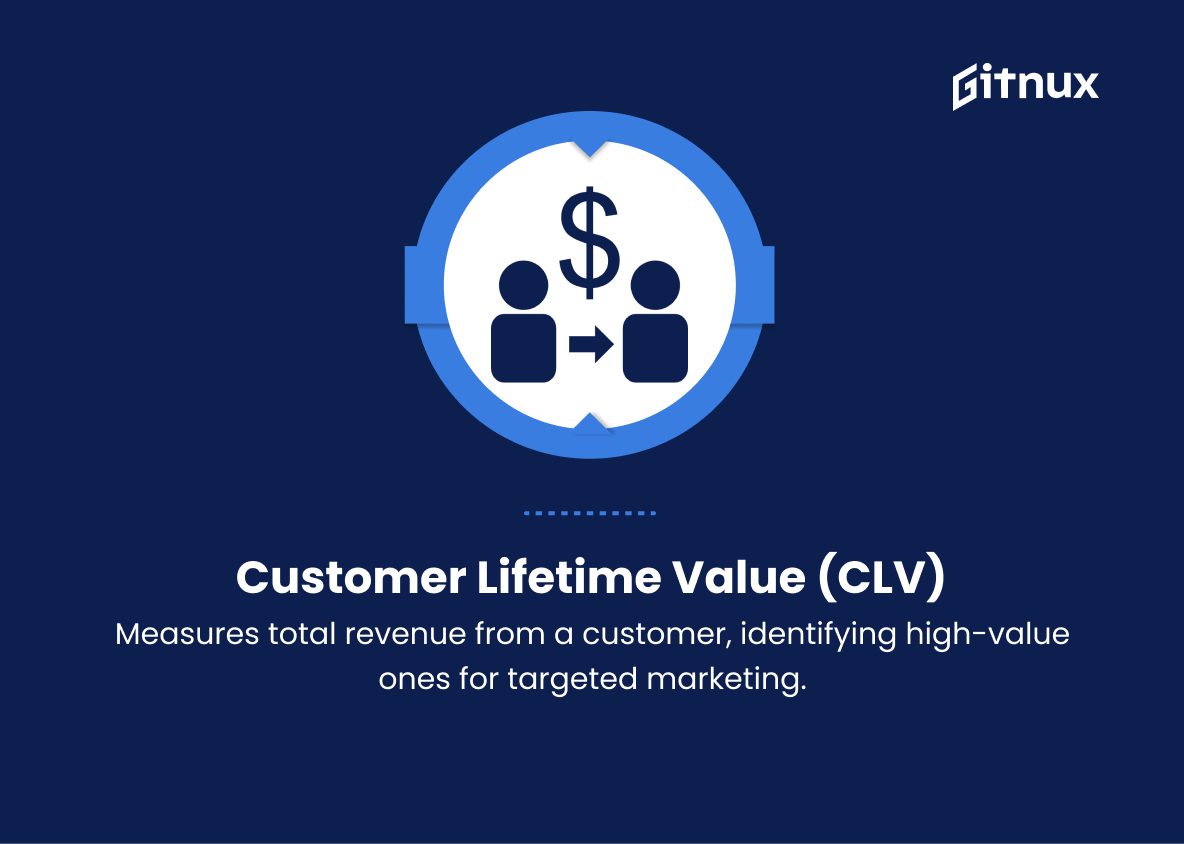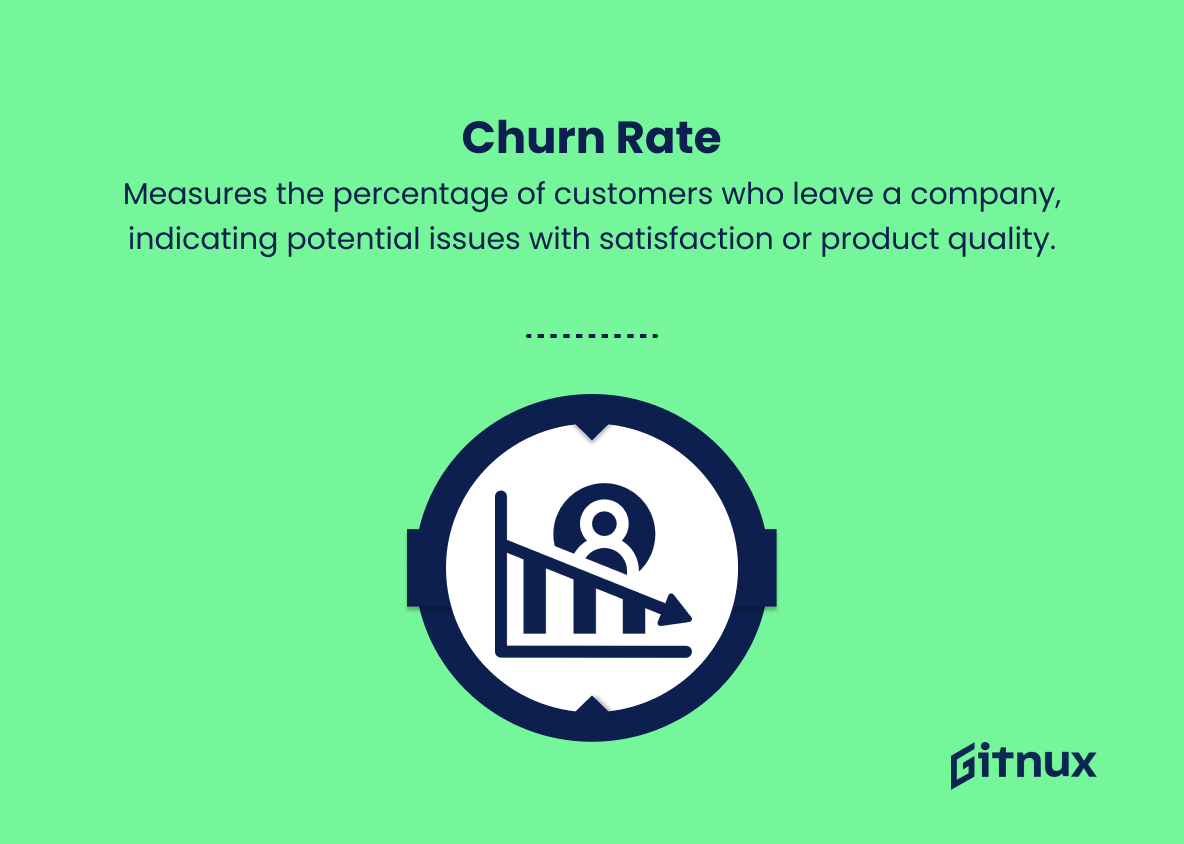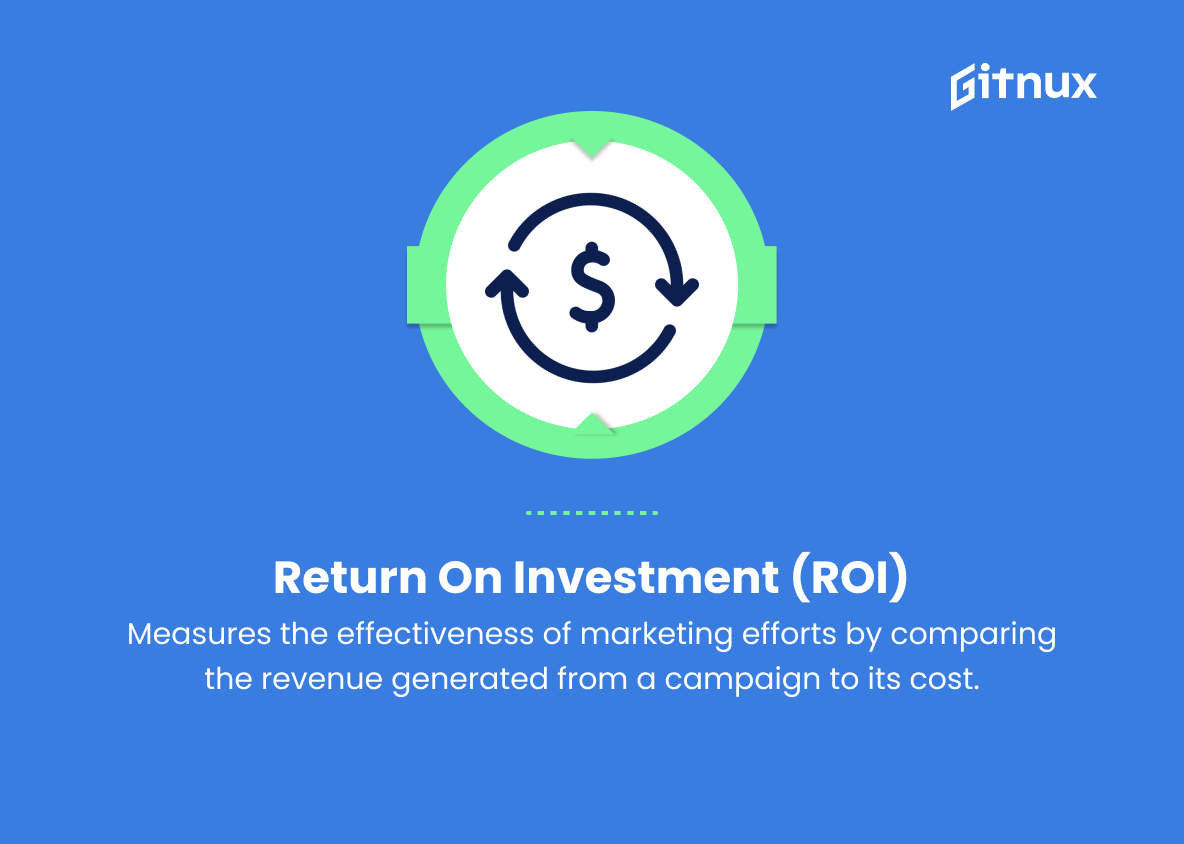In today’s fast-paced and ever-evolving business landscape, companies must constantly adapt and optimize their strategies in order to stay ahead of the competition. While financial key performance indicators (KPIs) have long been the go-to metric for tracking success, it’s becoming increasingly clear that non-financial KPIs are just as crucial for driving growth and long-term stability.
These intangible, qualitative factors offer unique insights into a business’s overall performance, helping to paint a more comprehensive picture of its health and potential. In this blog post, we will dive deeply into the realm of non-financial KPIs, exploring their significance, various categories, and implementation strategies to unlock the full potential of your business beyond the balance sheet.
Non Financial KPIs You Should Know
1. Customer satisfaction
Measures the level of satisfaction experienced by customers. This can be assessed through surveys, reviews, or direct feedback.
2. Customer retention
Calculates the percentage of customers that continue to do business with a company over a specific period, indicating overall happiness and loyalty.
Employee engagement Tracks how satisfied and motivated employees are in their work3. Conversion rate
The percentage of prospects who become paying customers or take a desired action, such as signing up for an email list or registering for a webinar.
4. Employee engagement
Tracks how satisfied and motivated employees are in their work, contributing to company productivity and performance.
5. Employee turnover rate
Measures the frequency at which employees leave and are replaced. A high turnover rate indicates possible dissatisfaction, poor management, or ineffective recruitment strategies.
6. Net promoter score (NPS)
A metric that measures customer loyalty by classifying them as promoters, passives, or detractors based on their likelihood to recommend a company to others.
7. Time to market
The time it takes to develop and launch a new product or service, with a shorter time indicating greater efficiency and competitiveness.
8. Market share
The percentage of the overall market captured by a product, service, or company, which indicates its competitive success.
9. Brand awareness
Shows how well-known and recognizable a brand is within its target market, affecting its reputation and customer acquisition.
10. Website traffic
Measures the number of visitors to a website, giving insights into brand exposure, marketing effectiveness, and potential customer interest.
Website traffic Measures the number of visitors to a website11. Bounce rate
The percentage of website visitors who leave after only viewing one page, indicating areas of improvement for user experience and content.
12. Social media engagement
Evaluates the interactions, such as likes, shares, comments, and follows, between a brand and its audience on social media platforms.
13. Customer lifetime value (CLV)
Estimates the total revenue generated by a customer throughout their relationship with a company, helping to identify high-value customers and segments for targeted marketing.
14. Churn rate
The percentage of customers who end their relationship with a company during a specific period, highlighting potential issues with customer satisfaction or product/service quality.
15. Return on investment (ROI) for marketing campaigns
Measures the effectiveness of marketing efforts by comparing the revenue generated from a campaign to its cost.
16. Lead generation
The number of qualified prospects generated through marketing efforts, indicating the effectiveness of marketing and sales strategies.
17. Customer support response time
The average time it takes for a customer support team to respond to customer inquiries or issues, reflecting the efficiency of the support team and customer satisfaction.
18. Product defect rate
The percentage of products produced with defects or errors, indicating the need for improved quality control and production processes.
Non Financial KPIs Explained
Non-financial KPIs play a vital role in gauging a company’s overall health and performance, as they provide valuable insights into various aspects of the business. Customer satisfaction and retention are crucial indicators of how well a company meets customer needs, which directly impacts loyalty and long-term success.
Conversion rates and employee engagement demonstrate the effectiveness of marketing initiatives and the level of employee commitment to the organization. Reduced employee turnover, high Net Promoter Scores, and efficient time to market reflect strong management and a competitive edge. Market share, brand awareness, and website traffic highlight a company’s presence and perceived value in the marketplace.
Bounce rates and social media engagement offer insights into customer experience and brand reputation, with customer lifetime value and churn rate indicating the financial stability and quality of products or services. Marketing ROI, lead generation, and customer support response time showcase the effectiveness of revenue-generating strategies and overall customer satisfaction. Lastly, monitoring product defect rates allows for continuous improvement and optimization of processes, leading to better overall performance and sustained growth.
Conclusion
In conclusion, Non-Financial KPIs truly are essential in understanding the comprehensive performance and overall health of a business or organization. By keeping a close eye on these key performance indicators, companies can better strategize and make informed decisions, thus optimizing their operations and ensuring long-lasting success.
It is necessary not to overlook the importance of these metrics because they paint a complete picture that transcends the traditional financial metrics. Adapt and apply Non-Financial KPIs to your business wisely, and you will be well-equipped to compete in a constantly evolving landscape while achieving sustainable growth.
